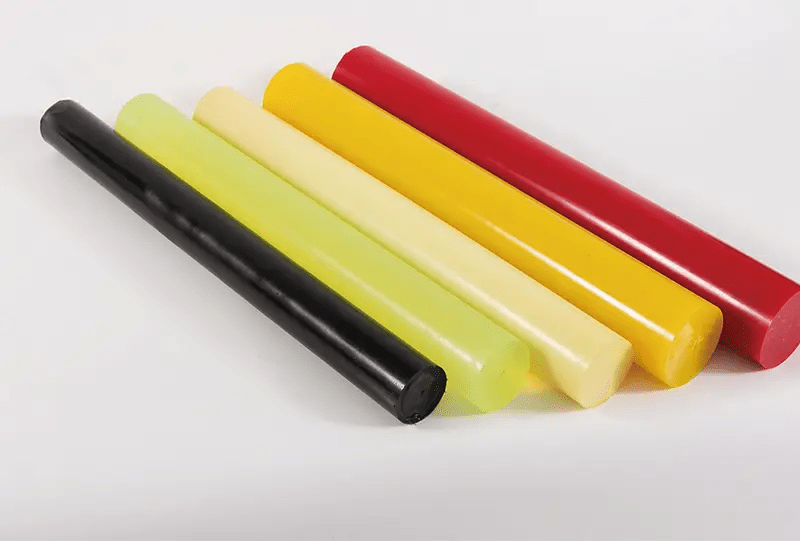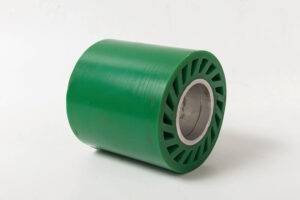When it comes to applications, you can never run out of options for polyurethane. The versatile elastomer’s properties make it easy to isolate and manipulate with various chemical processes. Consequently, that makes it suitable for several problem-solving opportunities and applications. The performance of any polyurethane is unrivaled and will always reign supreme above most materials out there.
One of the polyurethane materials offering a such flexible solution is the polyurethane rod. This is, to a great extent, the most popular PU product embodying diverse applications and utilizations. These span various sectors and industries as well.
In this guide, we will explore the advantages and what you can expect from using the polyurethane rod regardless of your preferred application.
What Is a polyurethane rod?
Since its discovery in 1937 and commercial production in 1954, versatility has launched polyurethane into a world of unlimited use cases. As of 2021, the global market for polyurethane was roughly $60 billion. But according to recent reports, this valuation is set to double before 2028. This tells the story of how more and more people are opening their eyes to the potentials embedded therein.
Polyurethane rods are essentially cylindrical rods formed using the elastomer, polyurethane. This material, over the years, has been touted as a superior alternative to rubber. Compared to rubber, the material takes a long time to disintegrate or deform permanently. As such, you’re less likely to replace it as frequently as you’d do for rubber.
Even better, PU rods leave room for maximum customizability. So, that makes it easy to tailor it to your purpose. The material can also be cut or hollow, which further corroborates the material’s versatility.

What Are the benefits of polyurethane rods?
Polyurethane has a flexibly long polymeric build-up. This is another reason that further contributes to its versatile nature. On top of this versatility, here are some other advantages to expect from PU rods.
Terrific resistance to stress and abrasion
Are you perhaps looking to use your rod in a low-temperature situation? Or perhaps in a condition with high wearing and tearing tendency? This wear-proof material is your best bet. On top of that, its resilience is also over the roof. It doubles as a great shock absorber known for its thickness and suitability for high-frequency vibrations.
Performance in unfavorable conditions
Polyurethane rod offers superior resistance to temperature, sunlight, and extreme weather conditions. This resistance extends to moisture as well. The material does superiorly when it comes to maintaining stability in grease, oil, and water. So, if you’re using it for an undersea application, quality is still assured.
Greater elasticity
Polyurethane is one of the best elastomers out there. As mentioned before, compared to rubber, it promises to retain its elastic property for a longer period. So, if longevity with high deformation resistance is your thrill, this is your best bet.
Resistance to unwanted growth
With polyurethane, you don’t have to worry yourself about those annoying fungus, mildew, or mold growths. This is what you will find in most polyester-based products. And for this reason, you can use the rods in tropical environments without any worries. You may as well throw in some other additives to reinforce this property.
Lastly, great noise and vibration abatement, coupled with a satisfactory flex life are some other advantages you can expect from using a PU rod.
For further questions, please contact us at pengde2@pengde-pu.com.




